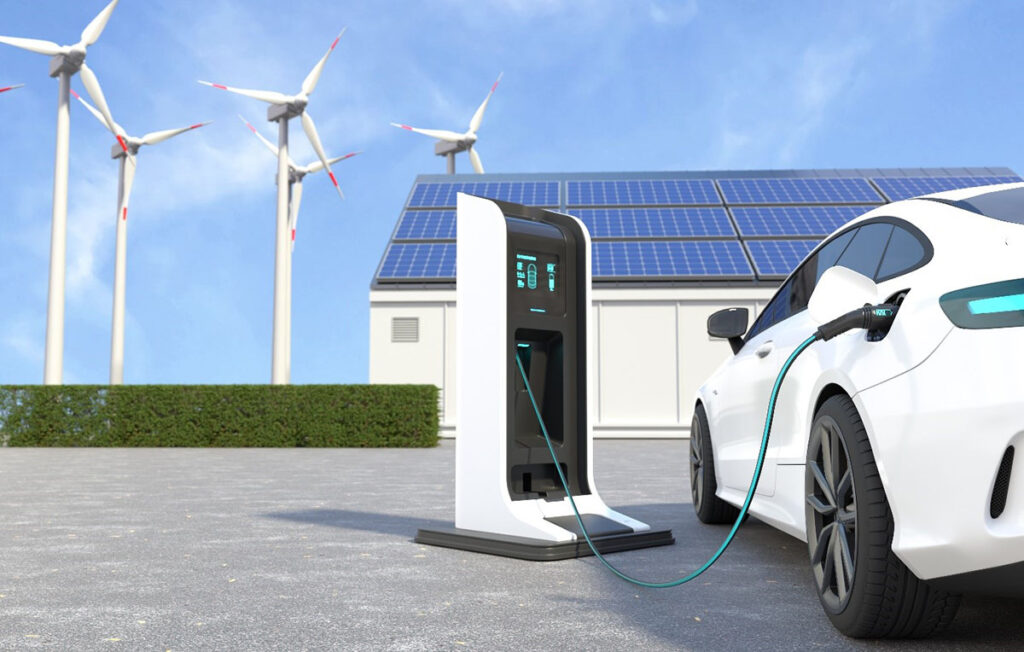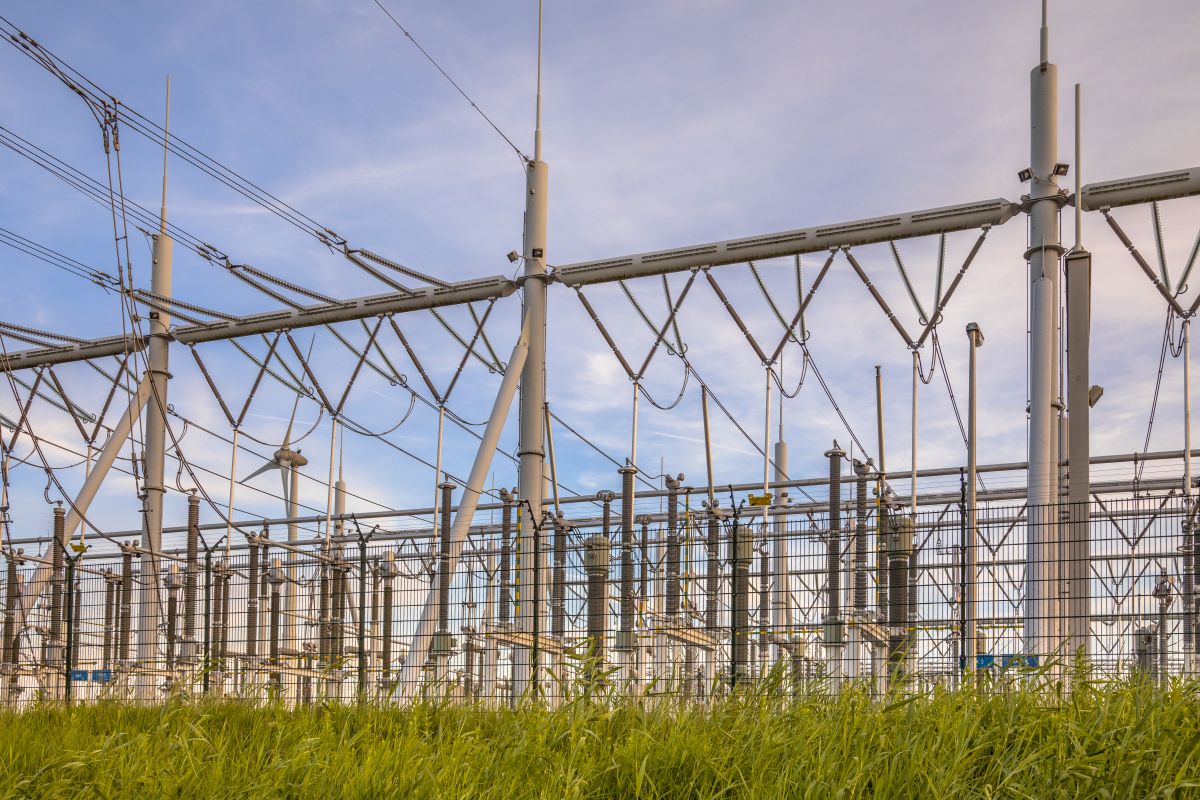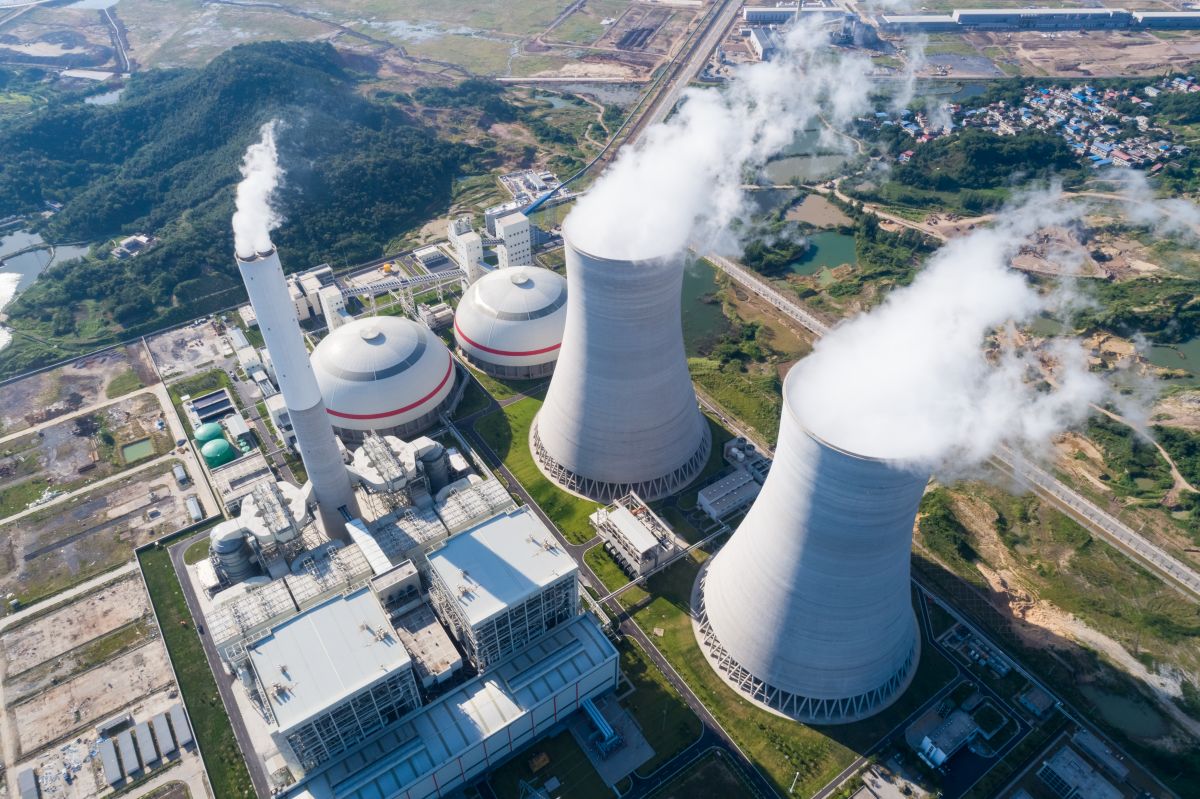Innovative digital solutions are crucial for managing grid stability amidst the growth of Electric Vehicles (EVs). These digital solutions involve smart and resilient electricity grids using advanced technologies essential for clean energy transition to cope with EV boom. The primary goal is to focus on creating an environment conducive to effective technology use. This grid modernization is vital for sustainable energy demands and making power systems more efficient in the face of increasing EV adoption. In this blog, we will briefly discuss how grid modernization is important to attain maximum stability in the era of EVs.
Understanding Grid Stability Challenges in the EV Era
The rapid growth of EVs is expected to significantly challenge the U.S. power grid, an infrastructure initially designed for a fossil fuel-dominated era. By 2030, EVs could increase domestic electricity demand by up to 18%, necessitating significant upgrades to the grid. This includes more high-voltage transmission lines to transport electricity from remote renewable energy sources to urban centers and enhancements in local power distribution systems. The transition also requires integrating technologies like home batteries and solar panels to support grid modernization and meet the threshold of fluctuating demand.
Innovative Digital Solutions for Grid Management
Integrating digital technologies in grid management is crucial for handling the fluctuating demand from EV growth. Advanced solutions like IoT, data analytics, and digitalization optimize energy distribution and consumption, ensuring grid stability due to the rise of EV usage. Smart grids and advanced metering infrastructure are vital for managing the fluctuating demand due to EV charging, providing real-time data for efficient load management. This digital transformation is essential for maintaining grid stability while adapting to the evolving energy landscape driven by EV trends.

Integrating EVs into the Power Grid (V2G)
Vehicle-to-grid (V2G) technology is the focal point in integrating EVs into the power grid, significantly managing grid stability. This innovative digital technology enables EVs to supply power back to the grid during peak demands, enhancing grid management. With the convergence of energy and mobility sectors, V2G is set to become a commercially viable solution. This includes bi-directional charging, making EV charging smarter and more efficient. As EV adoption grows, V2G becomes a key digital technology in ensuring grid modernization and efficient energy management.
The Role of Energy Storage and Renewable Integration
Energy storage is essential in integrating renewable energy into a bulk electric system, enhancing grid flexibility, reliability, and resilience. It addresses the growing complexity of balancing supply and demand, especially with the rise of EVs. Energy storage captures excess renewable energy, reducing greenhouse gas emissions. It also enables the deployment of hybrid renewable energy systems, maximizing renewable resource penetration. Advanced forecasting models optimize energy storage by balancing grid needs and integrating variable renewable generation. This integration is crucial for a clean, flexible, and resilient grid, supporting the electrification of end-use sectors and decentralized electric grids.
Final Words
In summary, integrating EVs into modernized grids necessitates advanced technological solutions for stability and efficiency. Key technologies like V2G, smart charging, and IoT infrastructure are instrumental. Future challenges include scaling grid capacity to accommodate the surge in EV charging demand, enhancing cybersecurity measures against increasing digital threats, and integrating renewable energy sources effectively. Emerging trends point towards adopting AI and machine learning for predictive analytics and grid optimization. Addressing these challenges is vital for developing an adaptable and technologically advanced grid infrastructure in the landscape of electric vehicles.
Disclaimer: Any opinions expressed in this blog do not necessarily reflect the opinions of Certrec. This content is meant for informational purposes only.












